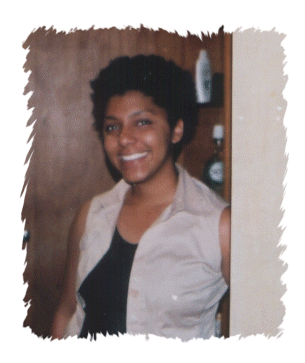 Tiara Lockett |
SCHOOL: Tougaloo College
MAJOR: Biology MENTOR: Dr. Jeff Hallam EXPECTED GRADUATION DATE: May 2005 ORGANIZATIONS & HONORS:
|
![]()
ABSTRACT
Gait Characteristics in Older and Younger Adults
| Intro: Despite extensive research, falls in older people
continue to
be a major health care problem; some recent studies of preventive
interventions
have shown a rather limited success in reducing the incidence of these
falls (1).
Objective: To describe the effect of age on spatial and temporal parameters of gait. Design: Cross sectional, quasi experimental. Setting: The Biomechanics Lab at the University of Mississippi. Participants: Twenty participants. Ten older adults age 60 and older (mean age 67.5 ± standard deviation 6.23), 10 younger adults age 18-25 (mean age 20.5 ± standard deviation 1.08). Measurements: Gait measured at participants self selected speed using an instrumented walkway. Step length, stride length, time on double and single support, ambulation time, and velocity were determined using the coefficient of variance. Results: There were no significant differences between the groups for any of the dependent variables. Step Length between groups and within groups F (1,19) = 0353; P=0.560 Stride length between groups and within groups F (1,19) = 0.413; P=0.528 Single support time between groups and within groups F (1,19) = 0.497; P= 0.490 Double support time between groups and within groups F (1,19) = 1.286; P=0.272 Ambulation time between groups and within groups F (1,19) = 0.568; P=0.461 Velocity between groups and within groups F (1,19) = 1.671; P=0.212 Conclusions: There were no differences between older and younger adult groups for the selected spatial and temporal gait characteristics. |